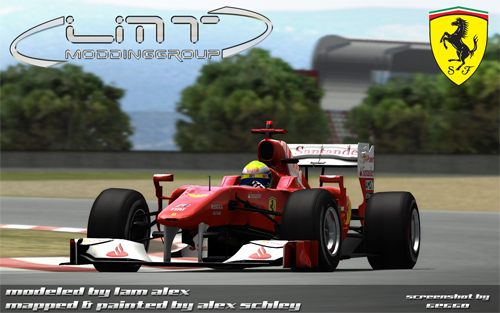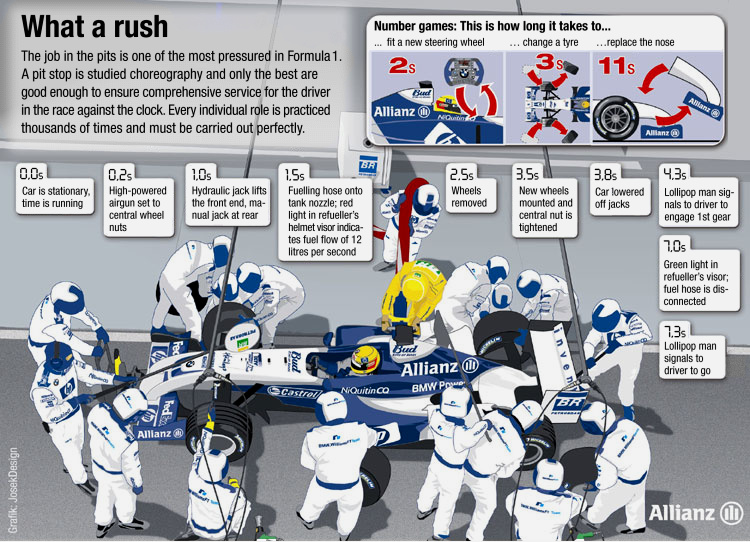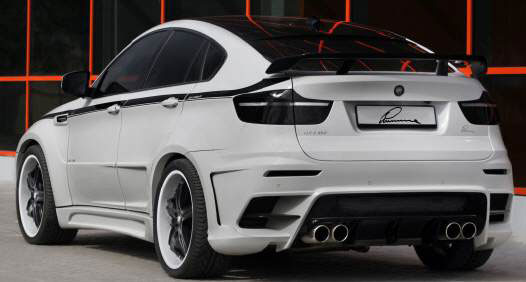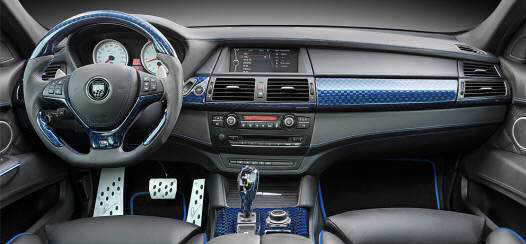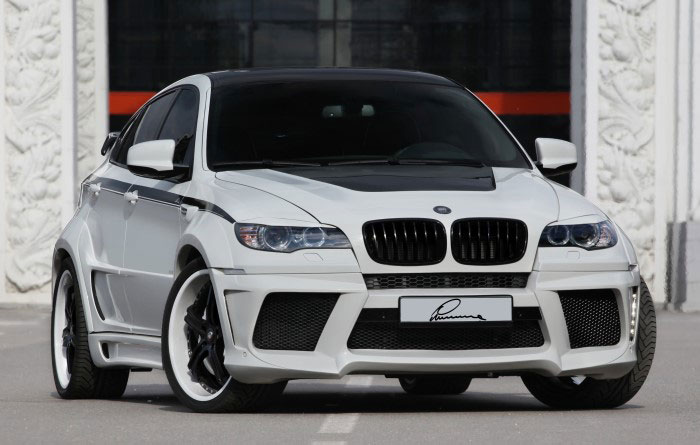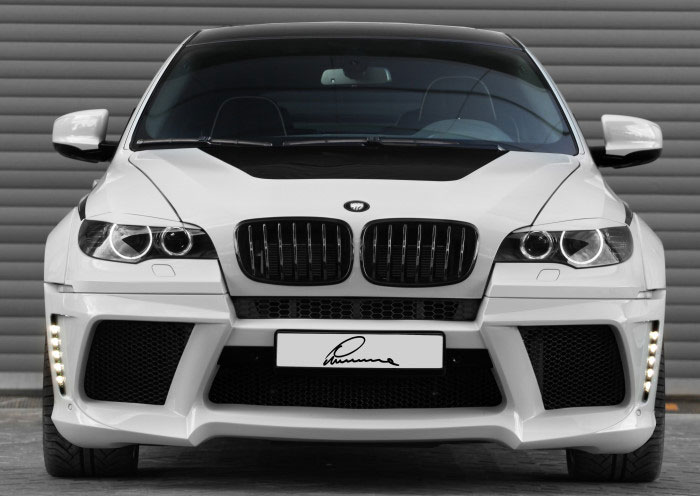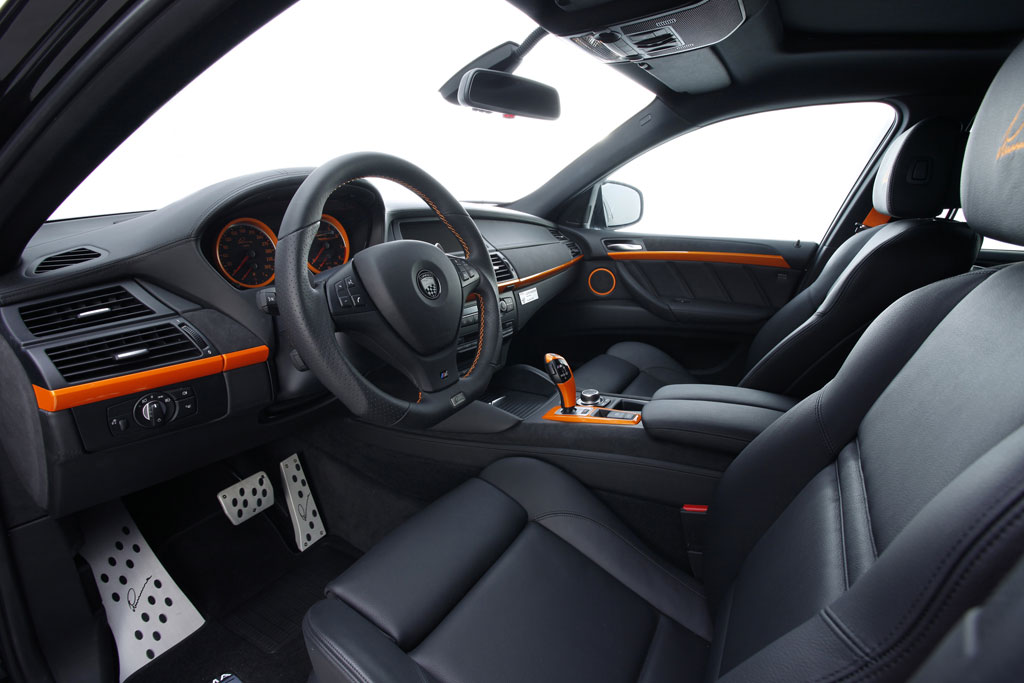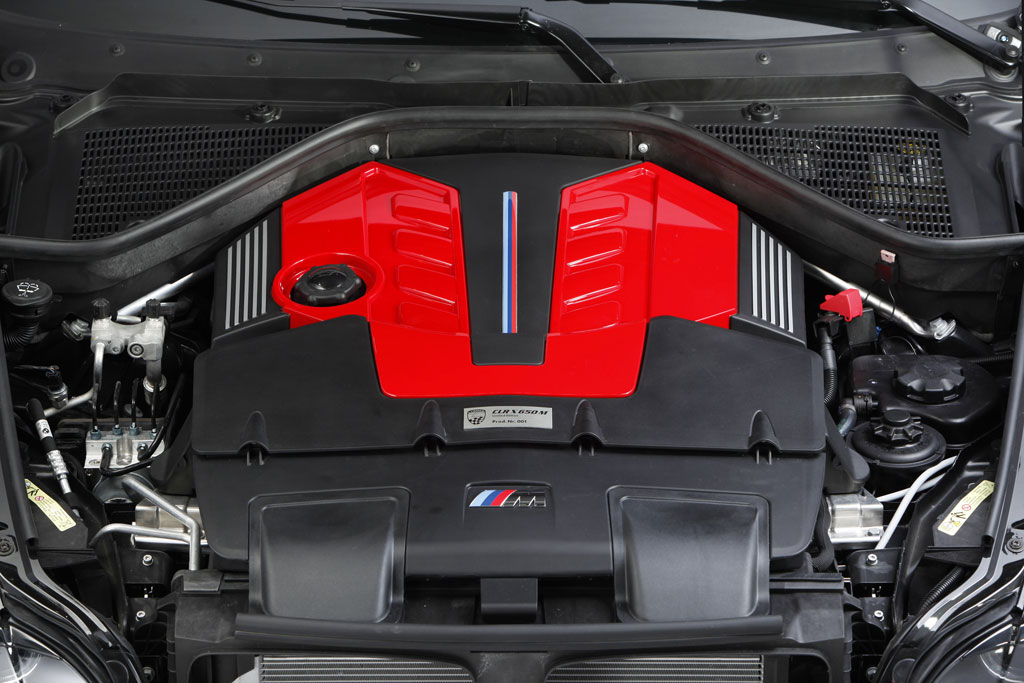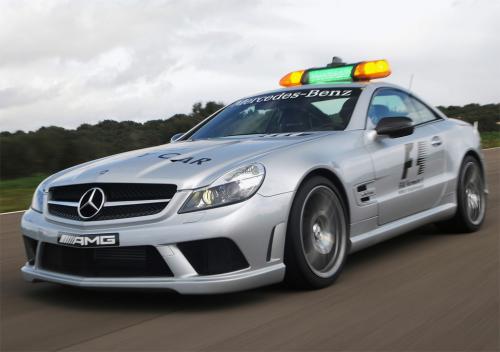
The Safety Car � nowadays a supercharged Mercedes SL piloted by an experienced race driver � neutralises the race in situations where an incident or set of circumstances has exposed competitors or marshals to immediate danger. The Safety Car slows the competing cars to a speed that ensures the safety of those concerned. This could be to protect marshals clearing an accident, or it could be for a sudden extreme downpour that has made the track dangerous. Any time advantage a driver has built up over a rival before the Safety Car came out is nullified as the cars bunch up together. It might give the chasing driver a second bite at a race that had previously been as good as lost. If the Safety Car comes on the track anywhere near your intended pit stop window, it could be very good news. In this situation a driver normally pits immediately. The amount of time he loses to his rivals is obviously far less at Safety Car speeds than it would be if they were still racing flat-out. This can be such a big advantage that you might see a team bring both its cars in together in this situation, even though they�re allowed to work on only one car at a time. The time that the second guy loses while waiting for his teammate to be replenished is far less than he�d lose if he had to do another lap at Safety Car speed.
Another thing to consider is the probable length of the Safety Car period. If the incident looks serious, you can probably bet that the Safety Car will be circulating for a long time. These slow laps still count as race distance, and so your average fuel consumption is going to be significantly lighter than you�d planned for. Depending upon what stage of the race it occurs, a smart strategist works this to his team�s advantage, maybe converting from a two to a one-stop strategy.
Sometimes the implications are quite bizarre. At Malaysia in 2001, Ferrari drivers Michael Schumacher and Rubens Barrichello � who were in first and second places � went off on the second lap as they hit a treacherous mix of oil and heavy rain water. Both rejoined but were now back in 10th and 11th places. New leader David Coulthard spun later on the same lap and pitted immediately. He changed to wet weather tyres and quickly resumed. The Ferrari drivers pitted together, but because they were so far back, they did so in the knowledge that the Safety Car had just been scrambled, which was not the case when Coulthard had pitted. With the field circulating at Safety Car speeds, the Ferrari pit team had longer to decide what tyres to put on their pitted cars � all they had to do was make sure they rejoined before the field lapped them. They reasoned that, with the Safety Car controlling speeds in the wettest conditions, they could afford to fit intermediate tyres. It was a decision that won them the race.




























